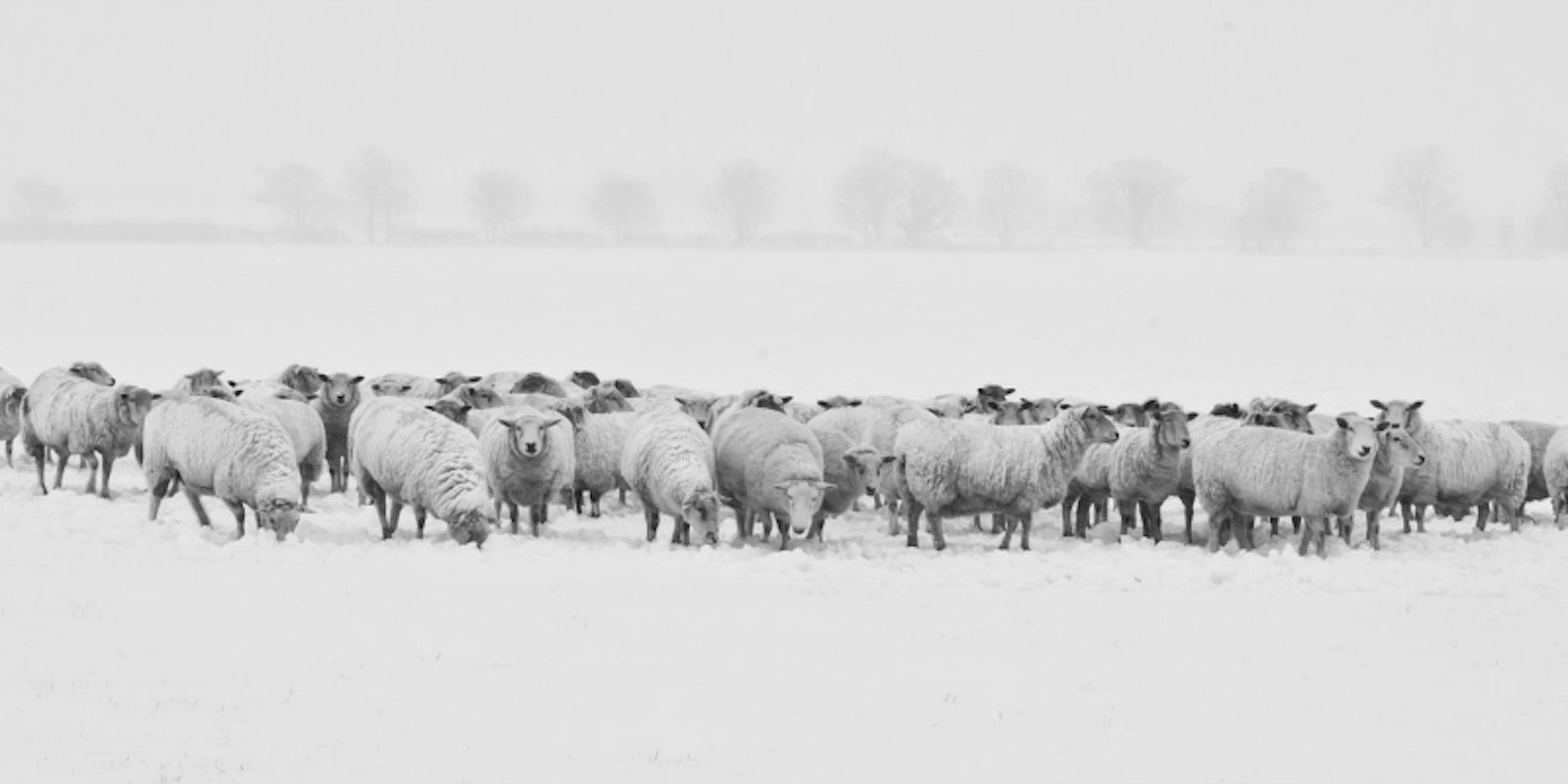We at Handwoven love our wools from merino to alpaca and harder to find sheep breeds including Jacob and Navajo Churro. We're especially excited to get our hands on the latest issue of Spin-Off devoted to the wonders of natural fiber—it even has a very handsome sheep on the cover. Here's Spin-Off editor Anne Merrow to tell you a little bit more. —Christina
Do you count sheep while you’re trying to sleep? While working on the newest issue of Spin-Off, I counted sheep with my eyes wide open. I got to 19 different breeds in no time—not counting two articles on goats and one on alpacas. That’s right—it’s the Natural Fibers Issue!
Every year, Spin-Off dedicates one issue to the fiber bounty that nature provides. Well, with some help from humans. Today’s immense variety of sheep is largely due to the intervention of selective breeding to promote certain traits and suppress others. In Kate Larson’s article on three breeds of Leicester wool—Border Leicester, Bluefaced Leicester, and Leicester Longwool—she discusses how the efforts of one man in nineteenth-century England brought forward a class of sheep with great options for handspinners. And the effects of breeding aren’t just in the past; Kate interviewed a number of breeders for her piece and offered their insights into the current state of their favorite breeds.
Kate’s article overflowed with information, so the profile of one farm didn’t fit in our pages. So we’re delighted to introduce you to yet another Leicester breeder.
 | |
| A Ross Farm Leicester Longwool. Photo courtesy of Ross Farm. |
Leicester Longwool Amy and Scott Manko, Ross Farm therossfarm.com
Amy and Scott Manko purchased their first Leicester Longwool ram, Mr. Jefferson, from Colonial Williamsburg in 2008. The Ross Farm averages twenty-five to thirty Leicesters, including lambs and wethers. A few years ago, Amy was interested in introducing a heritage sheep breed to the farm. Having a strong attachment to Colonial Williamsburg made Leicesters an easy choice.
"We really try to conform to the breed standard as much as possible with such limited genetics to work with in the breed. The ideal sheep in my flock would be Piccadilly and Camellia. They are both stout little ewes with an excellent fleece. Both raise a lamb each year unassisted, are easy to handle, and have excellent parasite resistance. They are not my friendliest ewes, but they make up for it in every other way."

